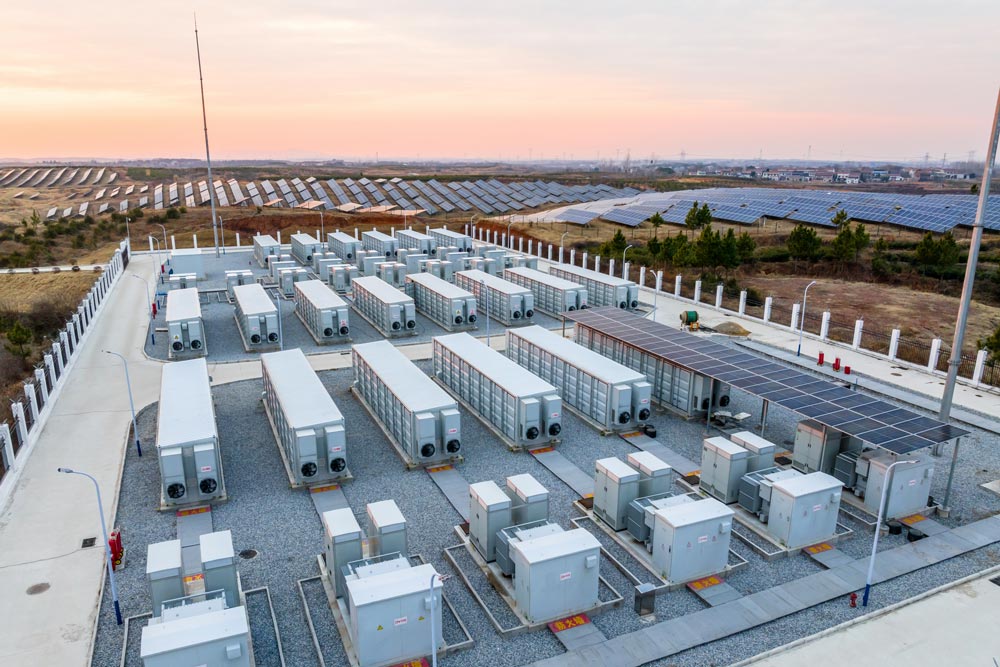The Future of Large-Scale Energy Storage: What's on the Horizon?
May 2025
As the world shifts towards renewable energy, the need for effective large-scale energy storage methods becomes increasingly critical. Over the next five to ten years, several innovative solutions are poised to thrive, improving grid stability and integrating renewable sources. Among these, underground pumped hydro storage stands out as one of the most reliable options.

Underground Pumped Hydro Storage (UPHS)
Underground pumped hydro storage utilizes large reservoirs to manage energy peaks. During low demand, excess energy pumps water to an elevated reservoir. When demand spikes, water is released to generate electricity through turbines. The underground aspect enhances security, minimizing environmental impacts and land use concerns. This method can efficiently store energy for long durations while providing grid stability.
Lithium-Ion Batteries
While UPHS offers robust long-term storage, lithium-ion batteries continue to gain traction for medium-term applications. Their scalability and declining costs make them appealing. With advancements in technology, such as solid-state batteries, we can expect improvements in energy density and charging speed, making them suitable for a wider range of applications.
Flow Batteries
Flow batteries, particularly vanadium redox batteries, are noteworthy contenders for large-scale energy storage. They offer long discharge times and can be easily scaled. As they utilize liquid electrolytes, charging and discharging occurs simultaneously, allowing for flexible energy management. Their longevity and efficiency make them promising for long-term energy stability.
Compressed Air Energy Storage (CAES)
This technology stores energy in the form of compressed air in underground caverns. During periods of high demand, the compressed air is heated and released to drive turbines. While currently less widespread, ongoing innovations aim to enhance its efficiency and commercial viability, especially in regions with suitable geological formations.
Thermal Energy Storage
Thermal storage systems, such as molten salt technology, provide another avenue for large-scale energy management. These systems store heat generated from solar thermal plants or other sources. By using the stored heat to produce steam, they can generate electricity when needed. As the demand for solar energy rises, thermal storage's importance will only increase.
Conclusion
The energy storage landscape is evolving rapidly. As we move towards a more sustainable future, methods like underground pumped hydro storage (UPHS), lithium-ion batteries, flow batteries, CAES, and thermal storage are set to play critical roles. Each technology brings unique advantages to the table, enhancing our ability to harness renewable energy effectively. With continued innovation and investment, the next decade will be pivotal in shaping a more resilient energy system.
Follow us for more information at About us or Linkedin.